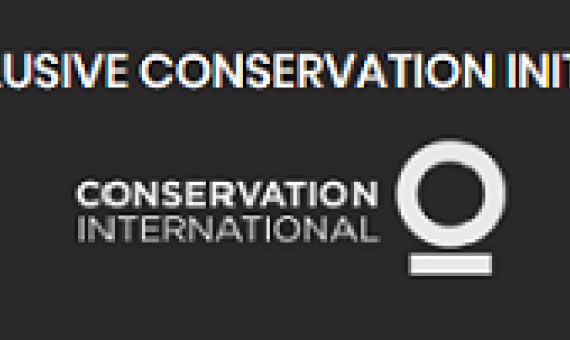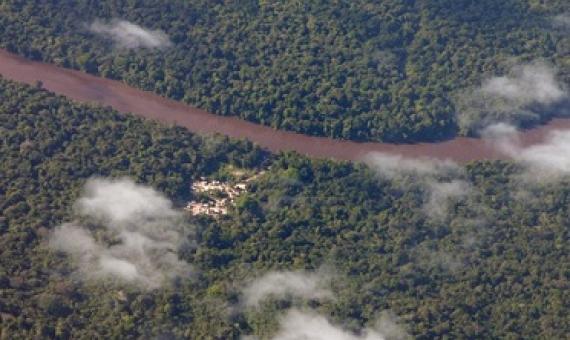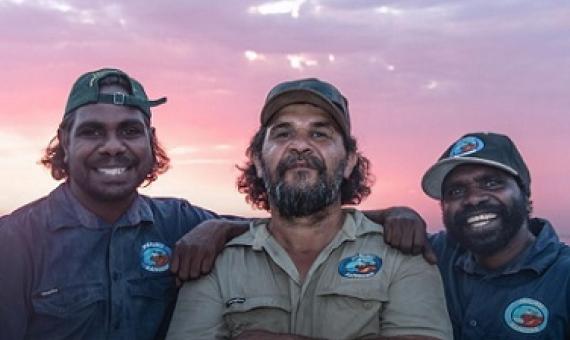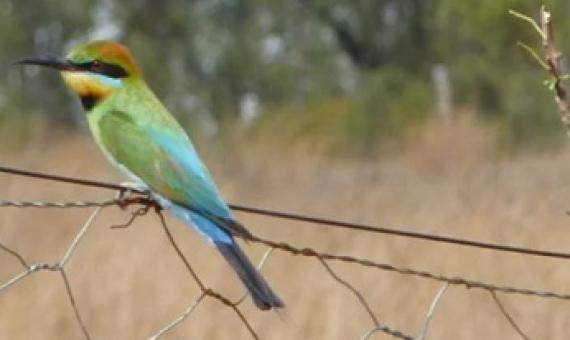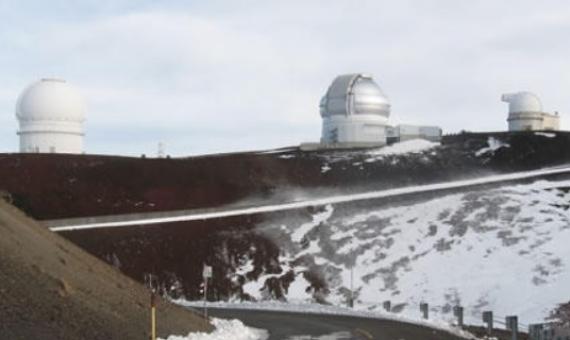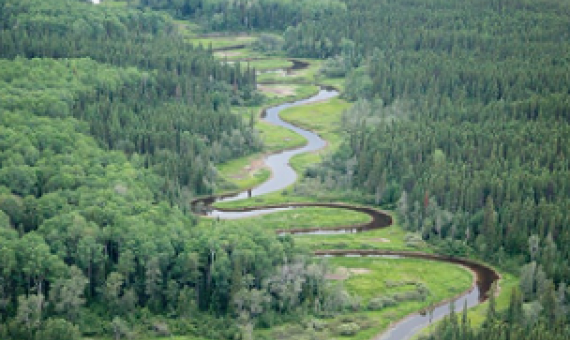The GEF-7 Inclusive Conservation Initiative (ICI) aims to support indigenous peoples and local communities (IPLCs) in their continuing efforts to safeguard Earth’s natural ecosystems, recognizing the historical roles they have played in nature conservation.
While governments the world over are intensifying their fight against the Covid-19 pandemic, an often-neglected, if not repressed, demographic is suddenly entering the limelight: indigenous populations.
Funding for the Commonwealth Indigenous Ranger Program has been secured until 2028 with the announcement of millions from the Federal Government this week.
Sixteen farming, conservation and Indigenous groups are together lobbying the Queensland government for extra money to protect Queensland's network of privately owned nature refuges. Many of these refuges offer protection to species facing extinction.
Indigenous communities and archaeologists fear thousands of historic Aboriginal sites and artefacts have been damaged — or destroyed — by fires that have ravaged Australia. These places are essential for understanding the movement of people in Australia and hold huge value for Indigenous groups.
More than one-third of the world’s remaining pristine forests, known as intact forest landscapes, exist within land that’s either managed or owned by indigenous peoples, a new study has found. The study, published Jan.
Climate change threatens New Guinea’s biocultural heritage
New Guinea is the most biologically and linguistically diverse tropical island on Earth, yet the potential impacts of climate change on its biocultural heritage remain unknown. Analyzing 2353 endemic plant species distributions, we find that 63% of species are expected to have smaller geographic ranges by 2070. As a result, ecoregions may have an average of −70 ± 40 fewer species by 2070.
Meanings and more... Policy Brief of the ICCA Consortium, Issue No. 7
In 2018 the Council of the ICCA Consortium decided to develop a lexicon of meaningful, and at times complex, concepts and terms frequently used in its work, policies and relations with its Members and Partners. A few specific papers had been commissioned and prepared before, but no attempt had been made to collate working definitions of frequent use, while many felt a need for such a reference compendium. This document is the result of the Council’s decision. It is a rich beginning, expected to evolve and be further integrated and enriched in the years to come.
The University of Hawaiʻi Board of Regents today is considering a proposal to review possible new management options for Mauna Kea in the wake of a three-month protest against the planned Thirty Meter Telescope. Some working models could broaden the role of native Hawaiia
More than 600 indigenous communities live in Canada’s boreal forest, one of the last great swaths of intact wilderness on Earth.

